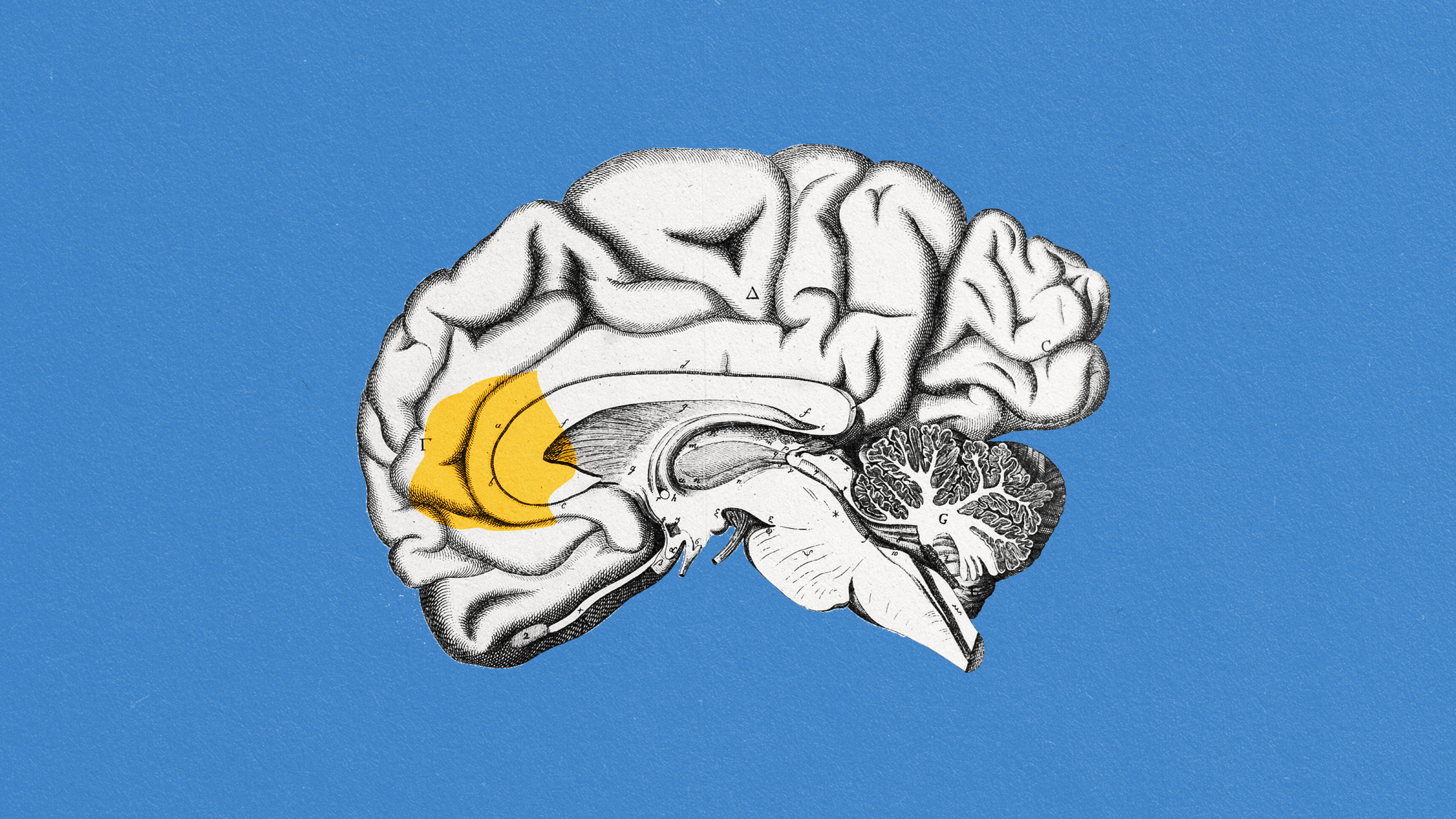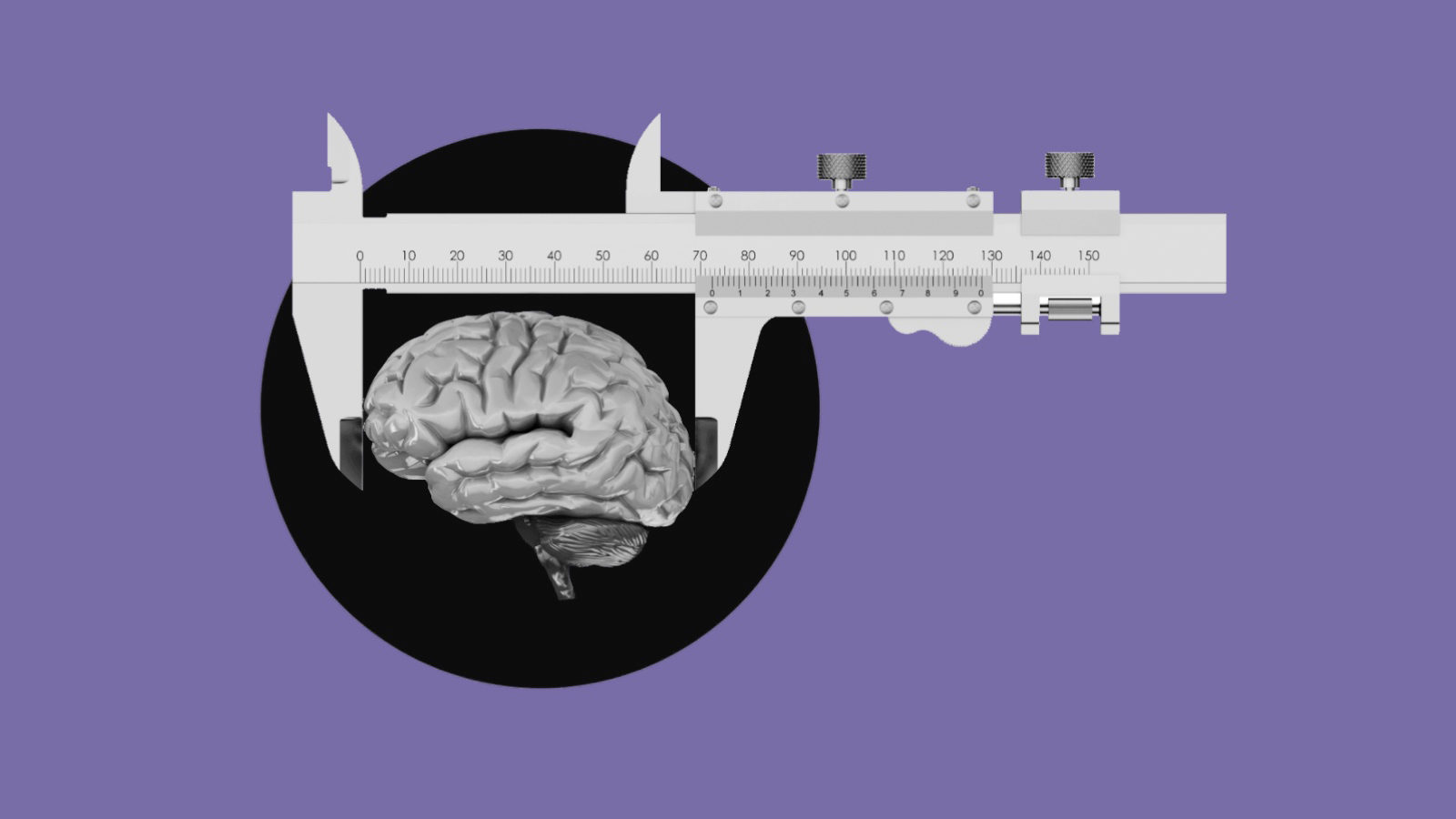Pushing the origin of speech back by 20 million years

Image source: Sergey Uryadnikov/Shutterstock
- Researchers find traces of something like our arcuate fasciculus in macaque brains.
- Since the last ancestor we shared with macaques was 25-30 million years ago, this would push speech way back.
- The study suggests human speech began in the auditory cortex and eventually extended to include the executive-function areas of the brain.
As far as we know, humans alone are capable of speech as we know it, with words and sentences. This has to do, scientists believe, with a pathway in the brain we possess. Now a new and controversial study reports the presence of this same pathway, albeit in less pronounced form, in macaques. Given that our last shared ancestor with these monkeys was 25-30 million years ago, the study suggests that speech may date back to at least that far, much longer ago than the previous estimates of five million years.
Pinpointing such evolutionary milestones is tricky, since brain tissues don’t survive as fossils, leaving us to examine the contemporary brains of our closest relatives, such as primates, to piece these puzzles together. The study’s lead author, comparative neuropsychologist Chris Petkov of Newcastle University in the UK compares the study of our living cousins is like finding a lost fossil.

Image source: Human Brain MRI Data and Connectome Atlas /wikimedia
The arcuate fasciculus and the auditory cortex
The fuss is about a neural pathway in humans called the arcuate fasciculus, or AF, that traverses our prefrontal cortex and frontal lobe. Recent research suggests it has connections to other brain regions as well.
“This is a pathway that interconnects brain regions that are important for language. If this pathway or some of these regions it interconnects are damaged because of stroke or brain degeneration a person might immediately (because of stroke) or progressively (because of dementia) lose the ability to understand or to produce language,” Petkov tells Newsweek.
For the study, international teams of European and US scientists pored through new imaging data of humans looking for evidence of this pathway in other regions. They found a segment of it, unexpectedly, in the auditory complexes of both brain hemispheres, though most strongly identifiable in the left one. Says Petkov, “To be honest, we were really quite surprised that the auditory system has this privileged pathway to vocal production regions in frontal cortex.” He adds, “That in itself tells us that there is something special about this pathway. The link to projection from the auditory system to frontal cortex regions, which in humans supports language, is fascinating.”

Image source: Steven Diaz/Unsplash
Not just us
Things got even more interesting when Petkov and his colleagues began searching for the AF in apes and monkeys. In their auditory cortexes, too, the researchers saw what appeared to be something similar to, though less distinct than, the human AF. Their interpretation of the finding is that speech may have begun in the auditory cortex and in humans over time spread outward to encompass the prefrontal cortex and frontal lobe whose executive function allowed us to develop basic sound communication into sophisticated speech.
“Whether monkeys have a homolog (a precursor) of this pathway was highly controversial,” says Petkov. “Thinking further about the basis for the controversy, when we started the project we also wondered whether such a pathway in monkeys was missed because scientists had not looked in the correct place. We predicted that a missing correspondence to humans might be hiding, so to say, in the auditory system. So that is where we looked first. The analogy here is that we may have been looking in the wrong place for the missing brain ‘fossil.'”

Image source: Jonathan Forage/Unsplash
Do macaques talk, then?
Well, in a sense, yes. While we haven’t observed words and sentences in these Old World monkeys, they do communicate with vocal sounds and with gestures, signaling information about food and about imminent danger. Other research has identified what appears to be a speech-ready vocal tract.
Finding an AF-like pathway in macaques may not even represent their earliest development, notes Petkov, who points out, “there may be more brain ‘fossils’ yet to be discovered with even earlier evolutionary origins. Or it may be discovered that the origin of this pathway traces back even further if another brain “fossil” is found.”
But/and…
Not everyone will be onboard with Petkov’s conclusions, which he admits are “highly controversial.” Still, if they turn out to be valid, even beyond the “wow” factor, who knows where further identification of AF-related pathways could lead, potentially including new ways to work around interruptions in brain circuitry that may affect patients with speech-based disorders.
Joint senior author neurologist Timothy Griffiths says, “This discovery has tremendous potential for understanding which aspects of human auditory cognition and language can be studied with animal models in ways not possible with humans and apes. The study has already inspired new research underway including with neurology patients.”





